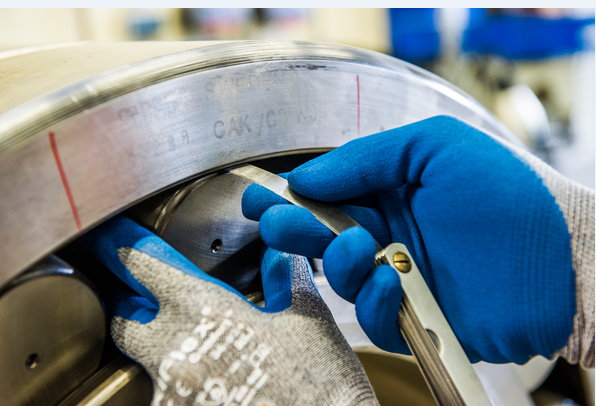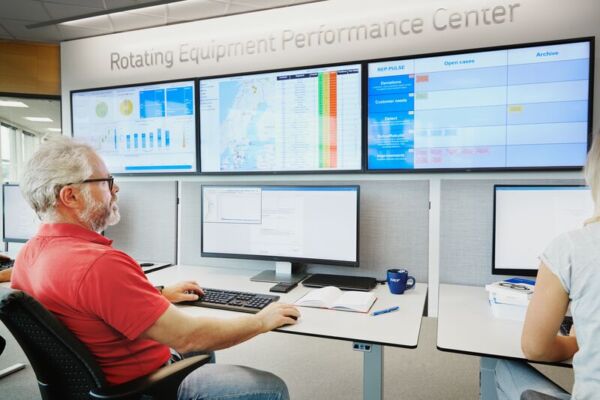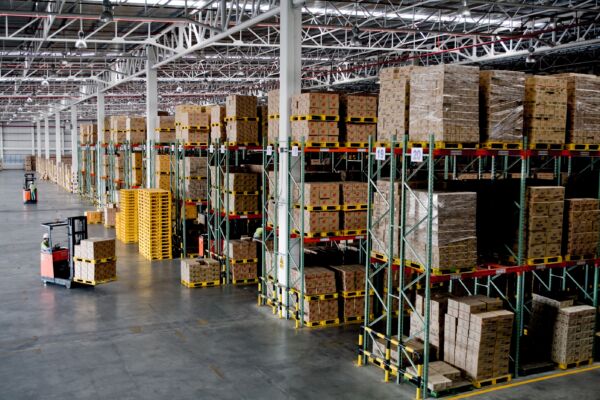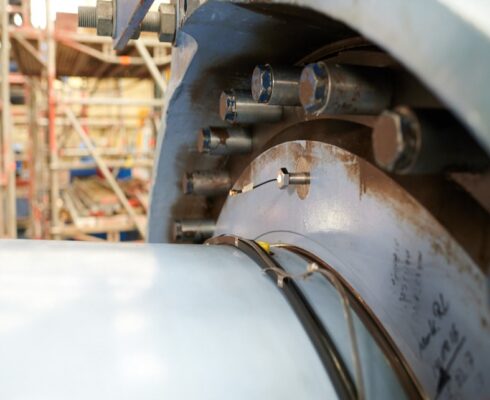Our energy grids are seeing an expanding role of wind turbines, which according to the Global Wind Energy Council, delivered over 900 GW of electricity globally in 2022. However, as the sector matures, maintaining and upgrading older turbines becomes increasingly important.
The output of a wind turbine depends heavily on the seamless operation of its rotor and generator, both of which rely on fully operational bearings for their rotational movement. And although bearings demonstrate impressive durability, they are far from indestructible. The constant rotation, heavy loads, and exposure to harsh weather conditions put immense pressure on these components, eventually leading to wear and tear. Therefore, regular inspection, maintenance, and timely replacement of bearings are paramount to ensure the longevity and efficient operation of wind turbines.
Bearing failures: a domino effect
As a rule of thumb, many bearings in wind turbines have to be replaced after approximately 20 years of service. However, some may need replacement earlier. Failure to replace worn-out bearings can lead to a multitude of problems. Increased friction means more power is required for the same output, reducing the efficiency of the turbine. It can also lead to overheating, which can damage other components and increase the risk of sudden breakdowns. The costs associated with such incidents — not just in terms of repair but also in lost power generation — are significantly higher than the predictable expenses tied to routine bearing replacement.
Evolving maintenance practices
In the face of these potential risks, predictive maintenance has become a cornerstone of efficient wind turbine management. Cutting-edge techniques, such as vibration analysis, lubricant analysis, and thermographic inspections can help detect early signs of bearing degradation. By identifying potential problems before they escalate, operators can schedule a bearing replacement during planned downtime rather than reacting to unexpected turbine failures and costs associated with emergency repairs.
Furthermore, advances in bearing technology mean that new bearings often outperform their older counterparts. They can handle higher loads, resist wear better, and require less upkeep. Therefore, upgrading old turbines with brand-new bearings can enhance their performance.
Remanufactured bearings: in growing demand
Notably, the wind energy sector is witnessing an upward trend towards the use of remanufactured bearings. By restoring worn-out or damaged bearings to near-original specifications through specialized repair, it is possible to extend their service life, save money and time, and decrease the demand for raw materials. The remanufacturing process usually includes pre-inspection, disassembly, cleaning, inspection, repair, reassembly, and final inspection but its specifics largely depend on the bearing type and the extent of damage.
However, this approach is not universally applicable. Bearings that have sustained severe damage should be replaced entirely. Moreover, only trained professionals should carry out remanufacturing to avoid further damage or failure during operation. Therefore, it is always recommended to seek advice from a bearing specialist or professional service.
The way forward
Replacing or remanufacturing bearings should be seen as a strategic expenditure vital to the long-term functioning of aging wind turbines and the competitiveness of wind power. However, a common concern among wind farms is timely access to high-quality bearings or remanufacturing services. Fortunately, SKF ensures swift and efficient product delivery and remanufacturing services to customers worldwide.



